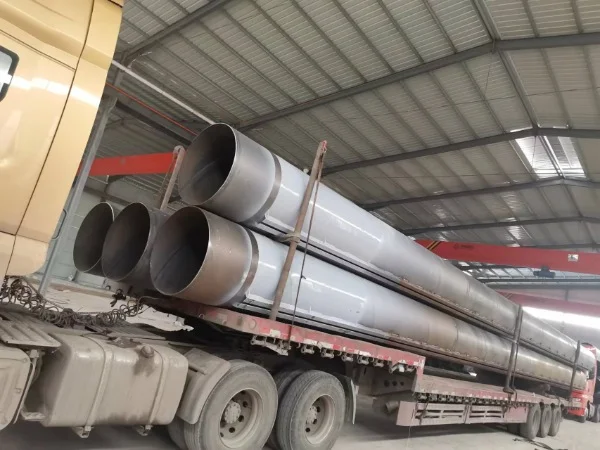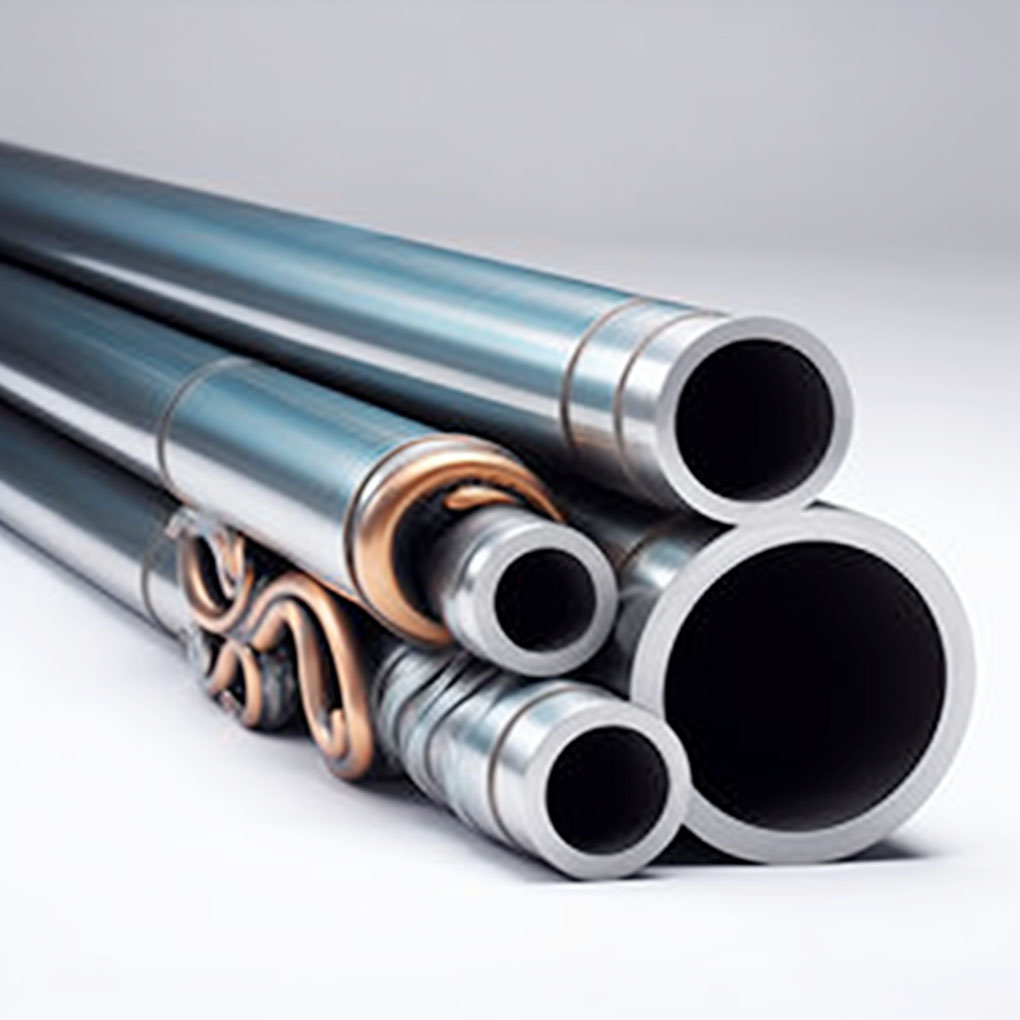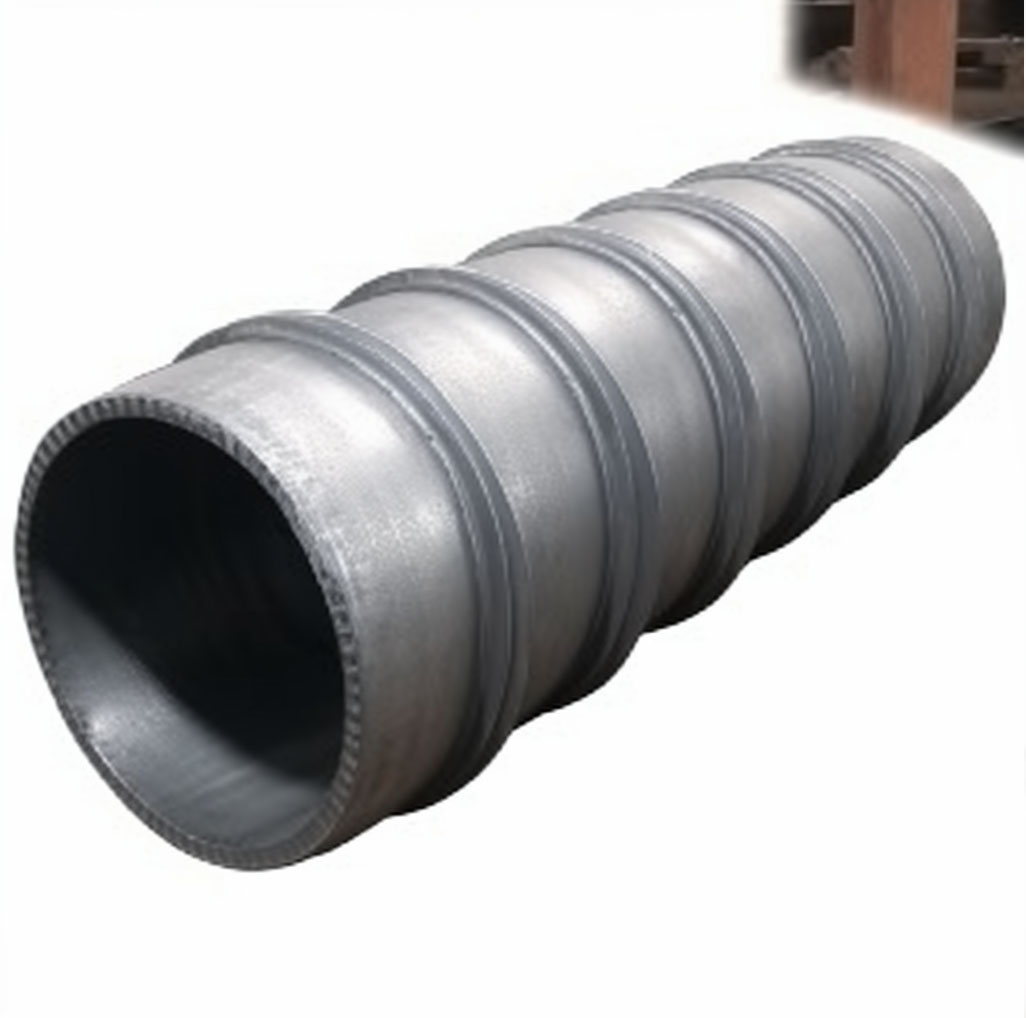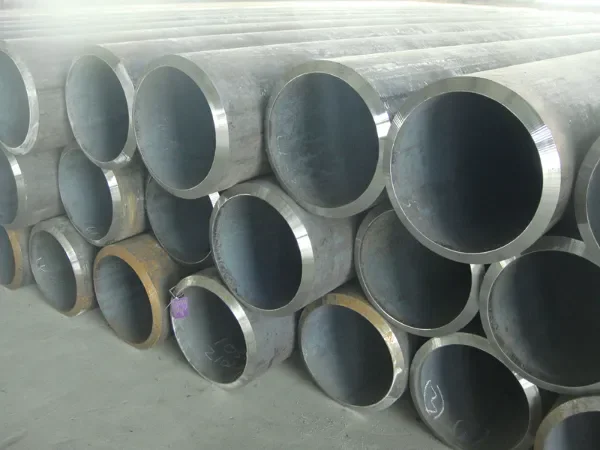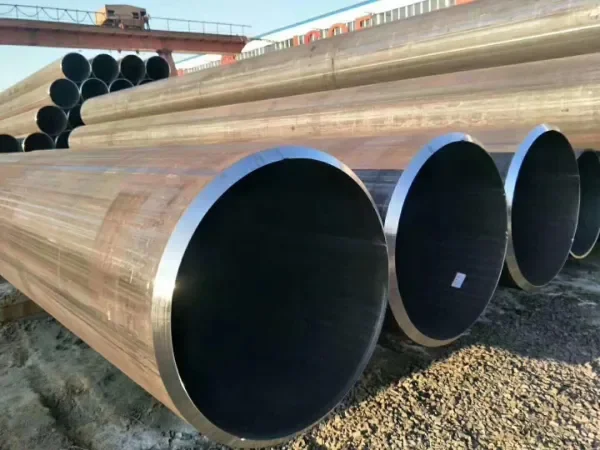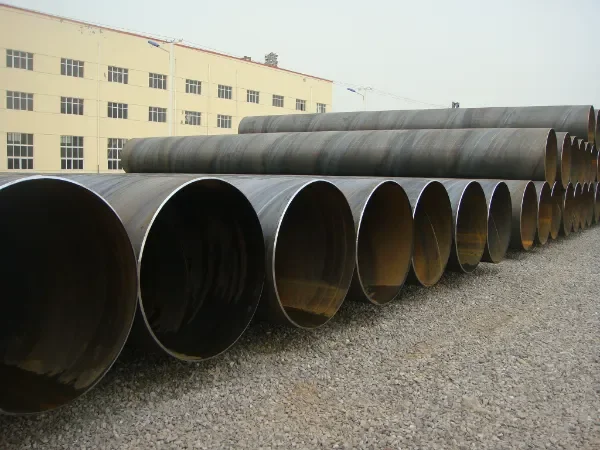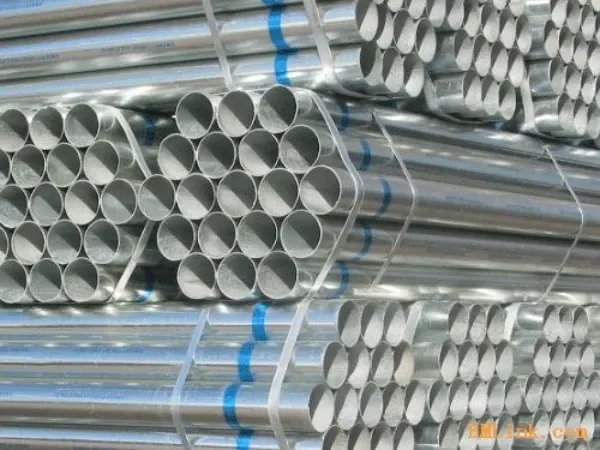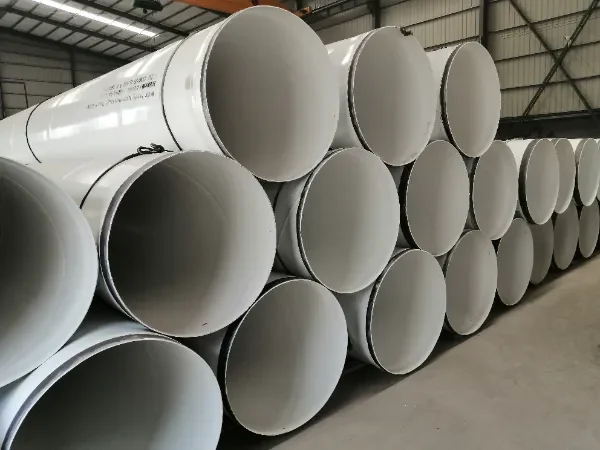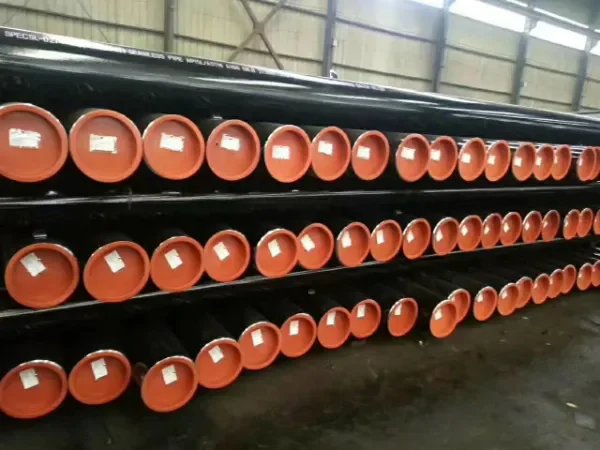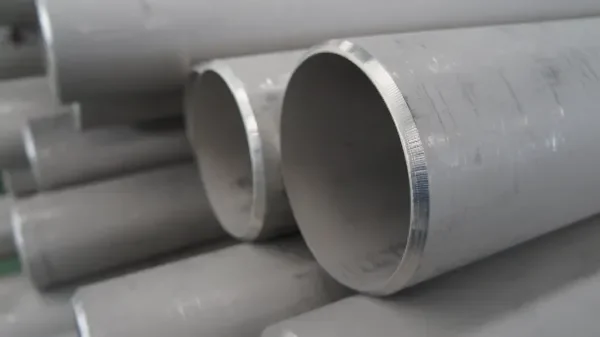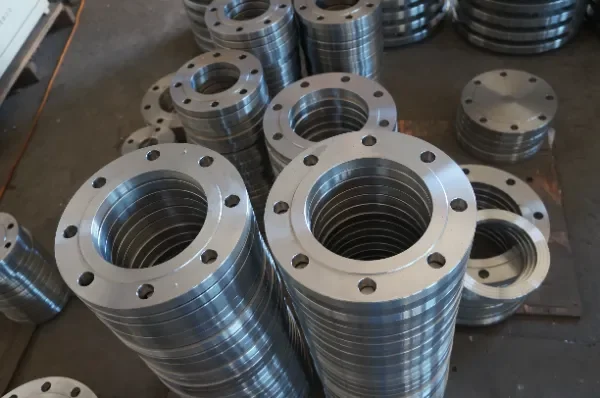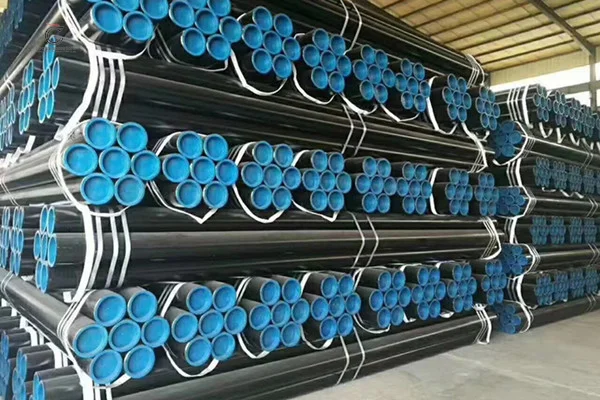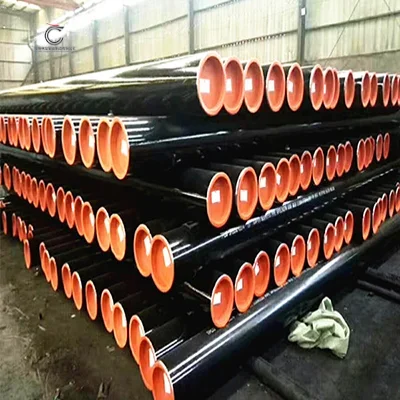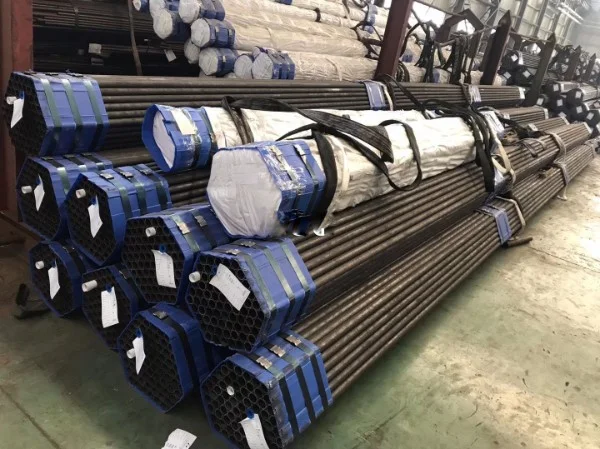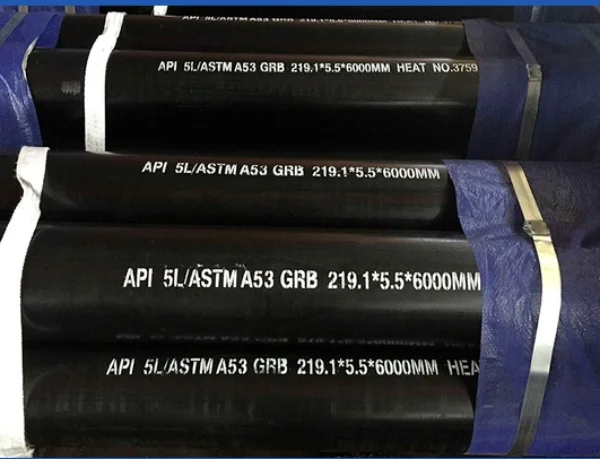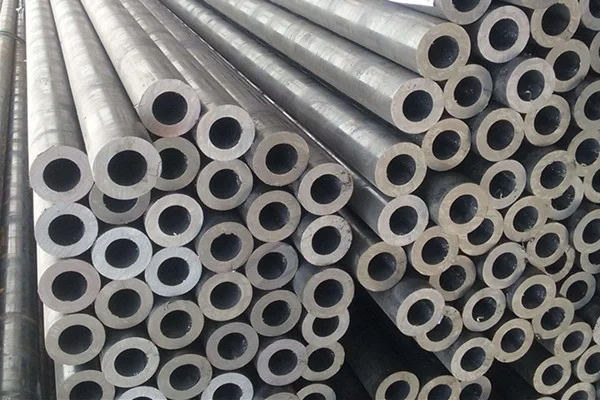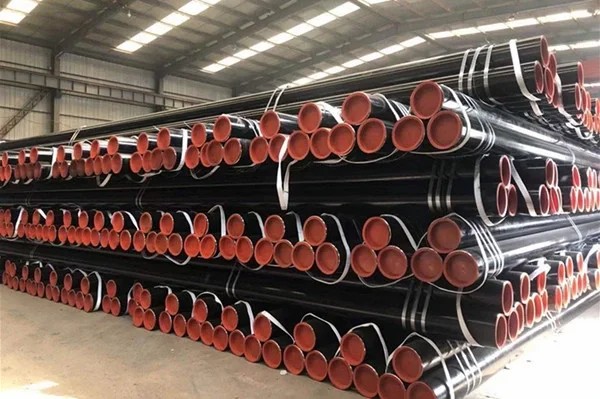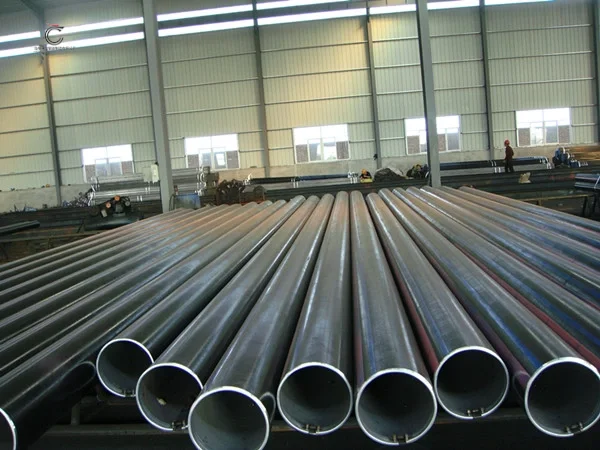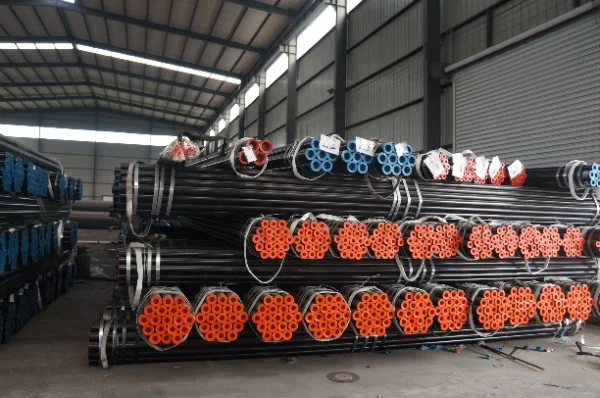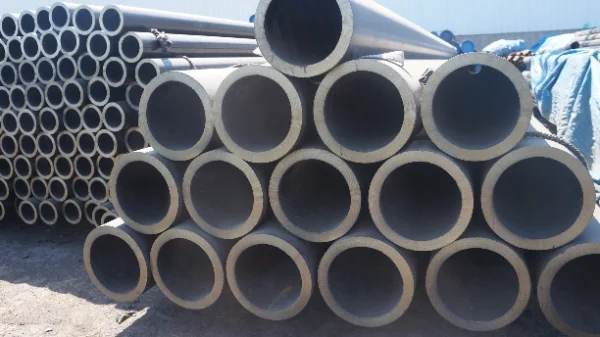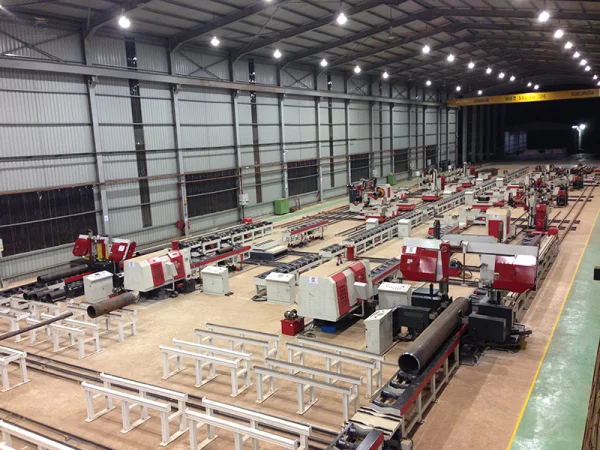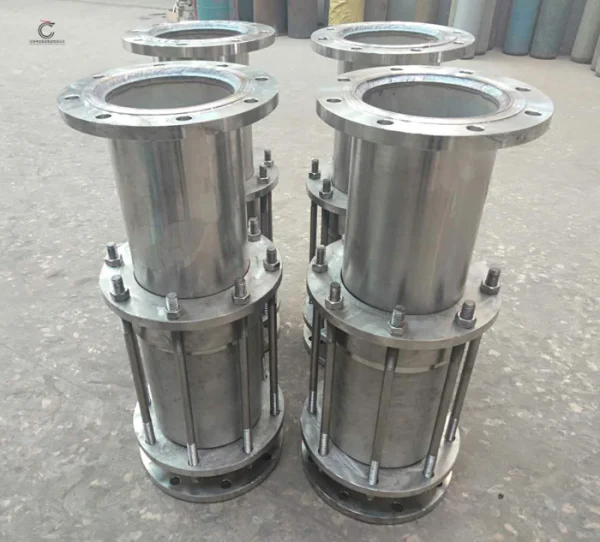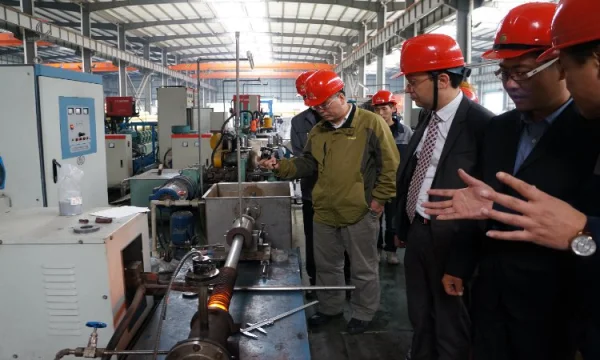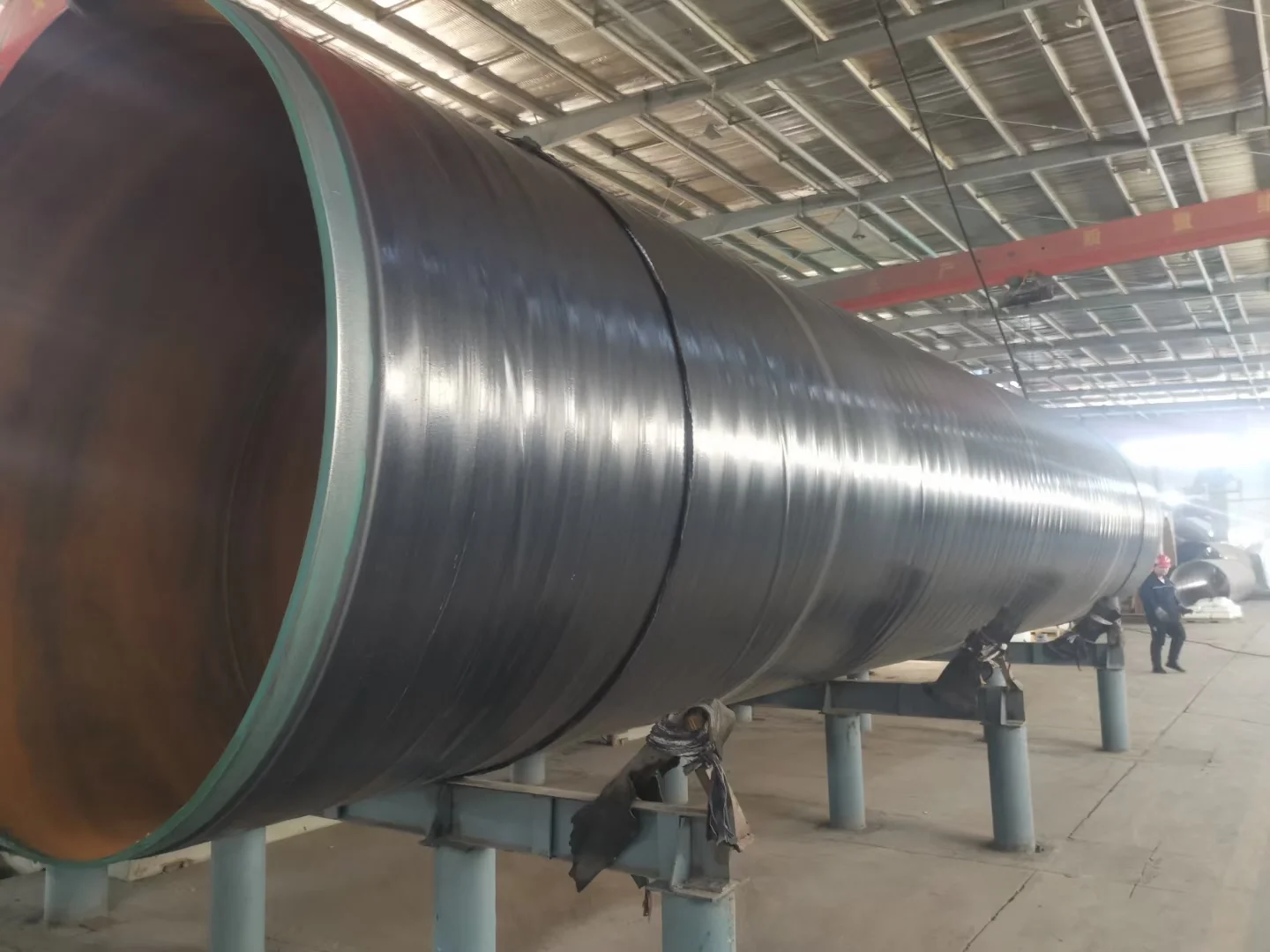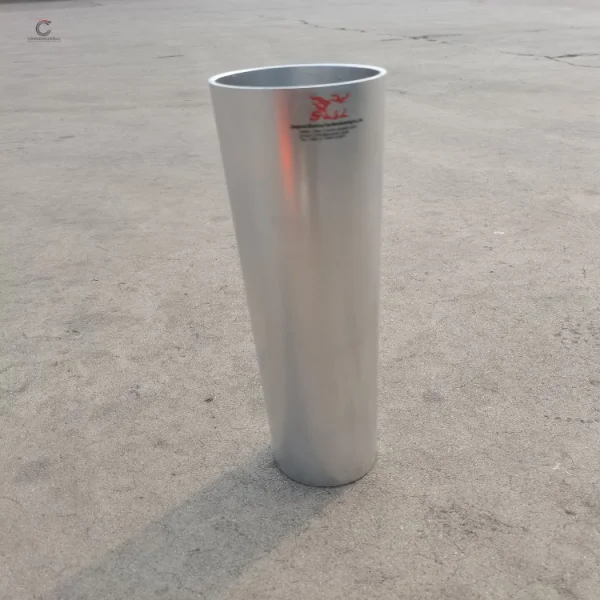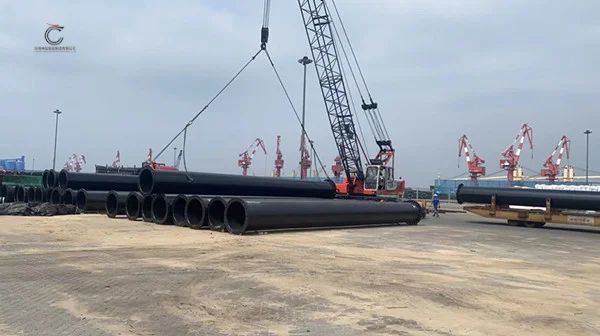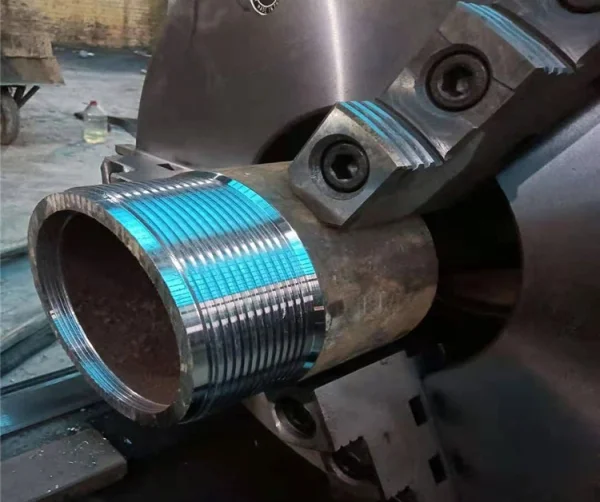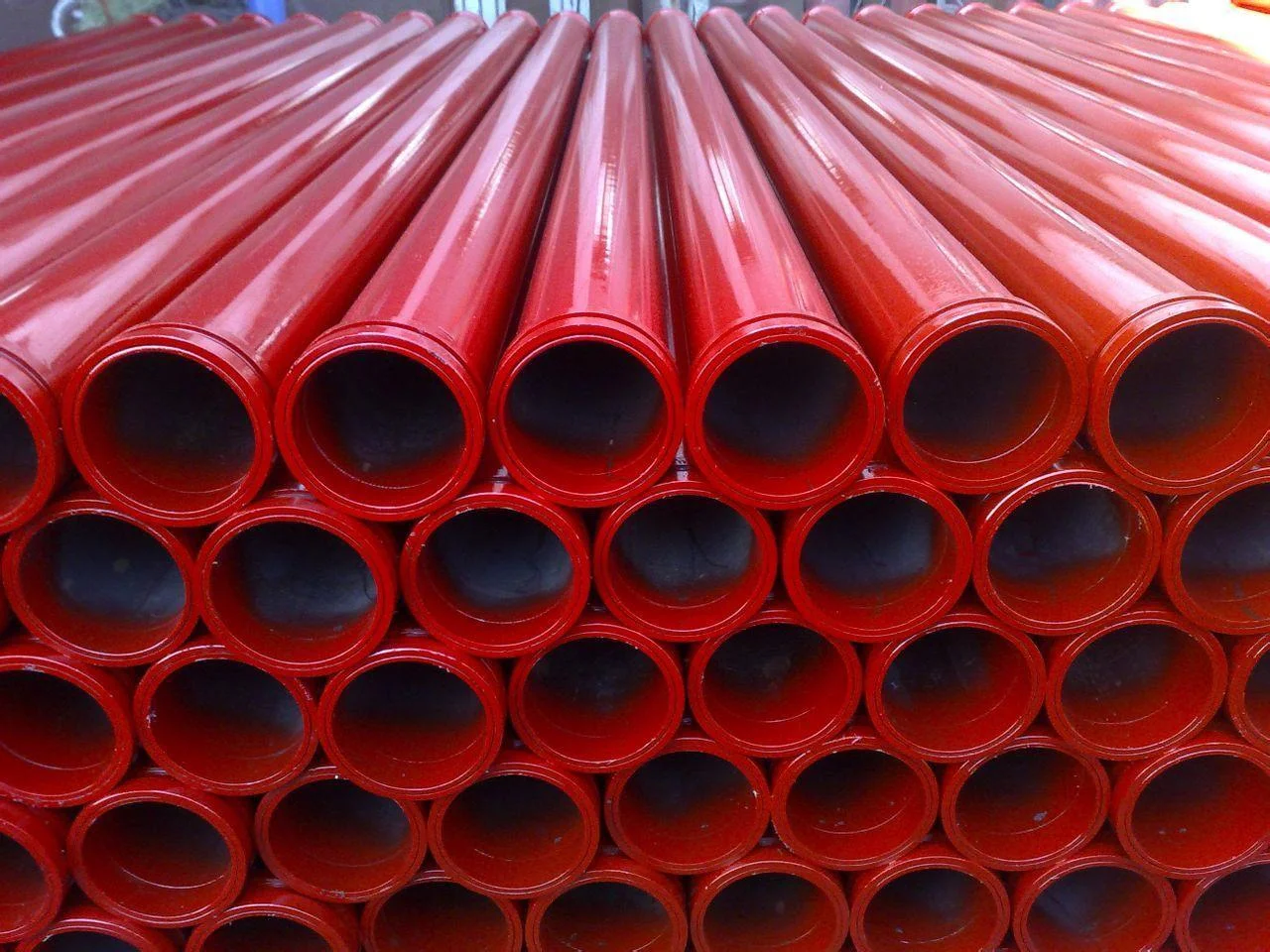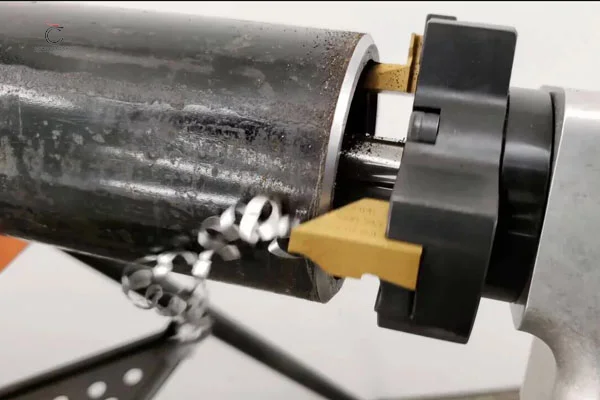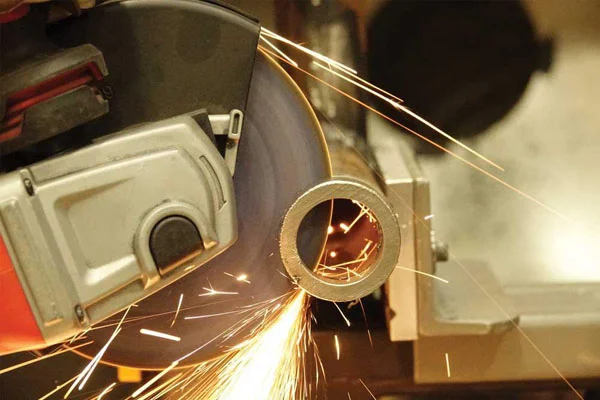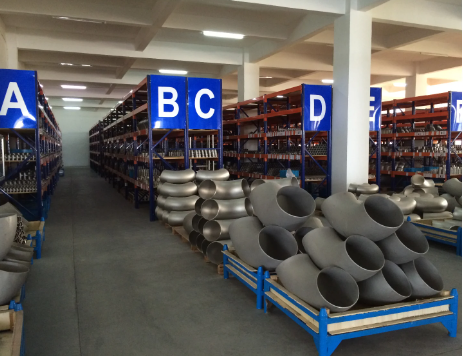Product List
Steel Pipe Piles
Since the steel as the base material of the steel pipe pile has a high yield strength, a large bearing capacity can be obtained as long as the pile is sunk on a solid supporting layer. Since steel pipe piles have a large section stiffness and a large resistance moment against bending moments, they can withstand large horizontal forces. In addition, large-diameter thick-walled pipes can also be used. Therefore, it can be widely used on bollards, bridge abutments and bridge piers to bear lateral force.
Introduction
Steel pipe piles are an important component of large-scale engineering projects, such as bridge and highway construction. They are widely used to provide support and stabilization to structures, improve soil resistance, and provide a base for deep foundations. Steel pipe piles have the advantage of being lightweight, durable, and easy to install. They also have a high strength-to-weight ratio, making them an ideal choice for projects that require a high degree of stability and strength.
Standards
Steel pipe piles are manufactured to meet a variety of standards, including ASTM A36, ASTM A53, ASTM A252, ASTM A500, and ASTM A795. These standards ensure that the products are safe and reliable for the intended use.
Product Types
Steel pipe piles come in two basic types: H-piles and F-piles. H-piles are typically used for deep foundations, while F-piles are used for shallow foundations. Both types are available in a variety of shapes and sizes to meet the needs of the project. They are also available in different grades of steel, ranging from mild to high strength.
Uses
Steel pipe piles are used in a wide variety of applications, including bridge and highway construction, power plants, foundations, and soil stabilization. They are also commonly used as part of deep foundations for large structures, such as buildings and dams.
Advantages
Steel pipe piles have many advantages over other foundation materials. They are lightweight and easy to install, making them ideal for projects with limited access or space constraints. They also have a high strength-to-weight ratio, making them an ideal choice when strength and stability are key factors. In addition, steel pipe piles are corrosion-resistant and require little maintenance.
Features
Steel pipe piles are available in a variety of shapes and sizes to meet a wide range of project needs. They are available in both hot-rolled and cold-formed varieties and in a range of grades, including ASTM A36, ASTM A53, ASTM A252, ASTM A500, and ASTM A795. Steel pipe piles are also available in a variety of coating options, including galvanized and galvannealed, painted, and powder-coated.
Installation
Steel pipe piles can be installed in a variety of ways, depending on the project requirements. They can be driven into the ground using a pile driver, or installed with a crane and a vibratory hammer. For large projects, a hydraulic press can be used to drive the piles into the ground.
Conclusion
Steel pipe piles are an ideal choice for projects that require a high degree of stability and strength. They are lightweight, durable, and easy to install, and have a high strength-to-weight ratio. They are also corrosion-resistant and require little maintenance. Steel pipe piles are available in a variety of shapes and sizes to meet the needs of the project, and come in a range of grades, including ASTM A36, ASTM A53, ASTM A252, ASTM A500, and ASTM A795.






